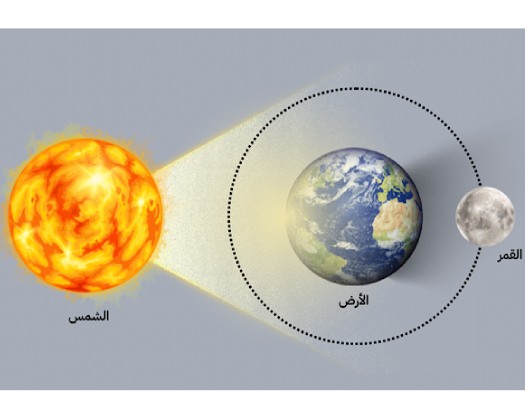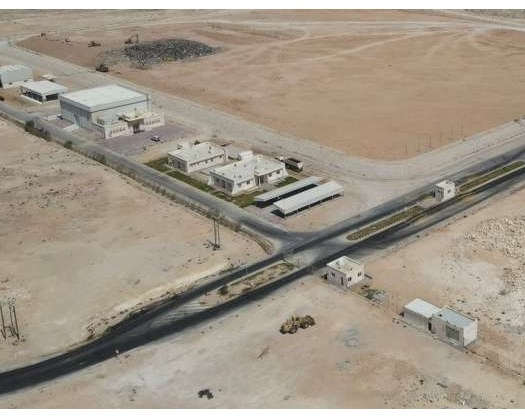Muscat: Tomorrow, Thursday, March 13th, the Sultanate of Oman will experience its first total lunar eclipse of 2025. Although this celestial event will be observable in many parts of the world, visibility will be limited for residents in Oman. Ahmed bin Mohammed Al Khalidi, a member of the Omani Society for Astronomy and Space, has indicated that the penumbral phase will start at 7:57 a.m. local time, followed by the partial eclipse at 9:09 a.m. The total eclipse will take place from 10:26 a.m. to 11:31 a.m., with the partial and penumbral phases concluding at 12:47 p.m. and 2:00 p.m., respectively. The entire duration of the lunar eclipse, including all its phases, will be approximately six hours and three minutes.
It is crucial to mention that since the moon will reach its highest point in the Muscat Governorate at 5:45 a.m., prior to the start of the penumbral eclipse, residents will miss the complete event. However, the lunar eclipse will be visible in extensive regions of Australia, Africa, Europe, the Americas, and Antarctica, particularly where it is nighttime.
A lunar eclipse occurs when the Earth's shadow blocks sunlight from reaching the moon, aligning the Earth, sun, and moon in a straight line. There are three main types of lunar eclipses: a total eclipse, where the entire moon passes into the Earth's umbra, giving it a reddish tint; a partial eclipse, where only a part of the moon enters the umbra; and a penumbral eclipse, where the moon only passes through the penumbra, resulting in a subtle dimming. The reddish color seen during a total eclipse is caused by the bending of red light through the Earth's upper atmosphere. Lunar eclipses take place during a full moon, in contrast to solar eclipses, which occur during a new moon. Eclipses do not happen every month due to the tilt of the moon's orbit around the Earth. Lunar eclipses can occur up to three times a year, while solar eclipses may happen as many as five times.












